Environment
“G” for Green Effort

You hear a lot of talk about measuring student performance in public schools, but it’s a little known fact that schools themselves are also graded for their performance, when their infrastructures score well on operating costs and the efficient use of resources. At the top of this honor roll are high performance facilities known as “green schools,” which are built or renovated in ways that protect the environment, improve the health of students and educators — and save money over the long run.
Upgrading schools can also create new jobs, which we need now. According to 2008 Congressional testimony, a pair of state bond cycles that spent $10 billion on California school construction generated more than 175,000 jobs — and created an additional $20 billion of economic activity in their wake. That same testimony cited similar economic spikes, suggesting that long-term benefits are a virtual given for school infrastructure investments.
My employer, the California Teachers Association, supports green schools and the green jobs that come with them. Last year CTA granted La Mirada High School $20,000 for its Green Jobs Prep School Project, which focuses on solar power. This project works to create a technical education and career pathway “school within a school.” It also prepares at-risk high school students in grades 9-11 to enter programs in environmental majors, which will hopefully lead to green jobs.
There’s another advantage of green schools: increased academic performance. Schools that are designed to be toxics-free and have adequate ventilation and real daylight can help improve student attendance and concentration. Green schools also provide a teaching opportunity when their visible new technology becomes a laboratory for science and math curriculum.
In California, the Clean and Healthy Schools Act went into effect in 2009 with the intent to improve student learning. The law, sponsored by Assemblywoman Julia Brownley (D-Santa Monica) also has goals to reduce exposures to toxic chemicals and improve schools’ indoor air quality. It required all public school districts and all private elementary and secondary schools with 50 students or more to buy environmentally preferable and certified cleaning products by the 2010-11 school year.
The Santa Monica Malibu Unified School District, where Brownley used to be a school board member, adopted green practices in purchasing cleaning products in compliance with the law. But they’re also modernizing some of the district’s elementary schools by installing solar panels. Keeping toxic cleaning agents away from classrooms and installing solar panels will provide students with a better learning environment.
Harry Keiley is a high school teacher and the president of the Santa Monica Malibu Classroom Teachers Association (SMMCTA). I’ve worked with Harry and SMMCTA for several years and we’ve dealt with various safety issues in the schools – we both know the district’s decision about cleaners is the right thing to do. When we talked about the changes the district is implementing, Harry told me that SMMCTA applauds the Board of Education for its commitment to making the local schools the safest environment for students to learn and for association-unit members to work. “Eliminating cleaning products which may have harmful chemicals is a good first step,” Harry says.
But he adds that it’s more than cleaning supplies. “At the same time, all educational stakeholders need to rally around a vision to make school facilities which are environmentally sound, including the installation of solar panels – we are proud of the commitment in SMMUSD to do just that.”
Going green will not only be good for the Santa Monica Malibu district schools, it can end up helping us all.
(Original school bus photo by H. Michael Miley)

-

 The SlickNovember 14, 2025
The SlickNovember 14, 2025Can an Imperiled Frog Stop Oil Drilling Near Denver Suburbs? Residents Hope So.
-

 Latest NewsNovember 19, 2025
Latest NewsNovember 19, 2025How Employers and Labor Groups Are Trying to Protect Workers From ICE
-
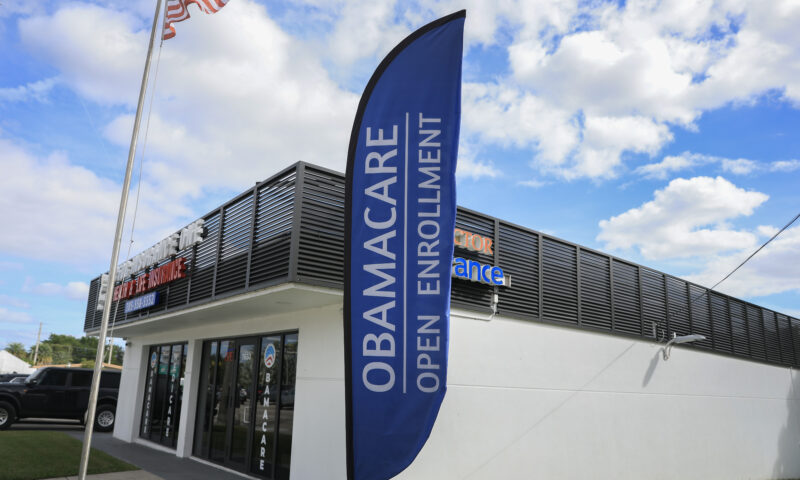
 Column - State of InequalityNovember 13, 2025
Column - State of InequalityNovember 13, 2025Barring a Sharp Shift, Health Insurance Costs Will Skyrocket
-
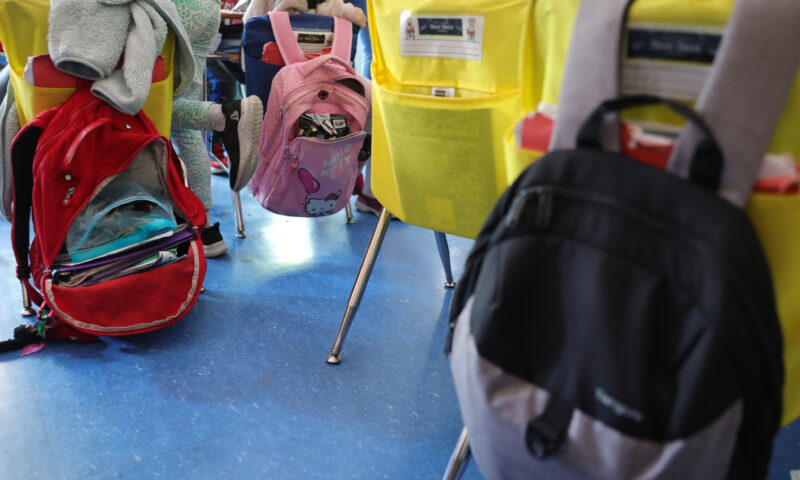
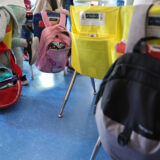 Latest NewsNovember 18, 2025
Latest NewsNovember 18, 2025Future of Special Education at Risk, Teachers Say, as Trump Moves to Cut Staff and Programs
-
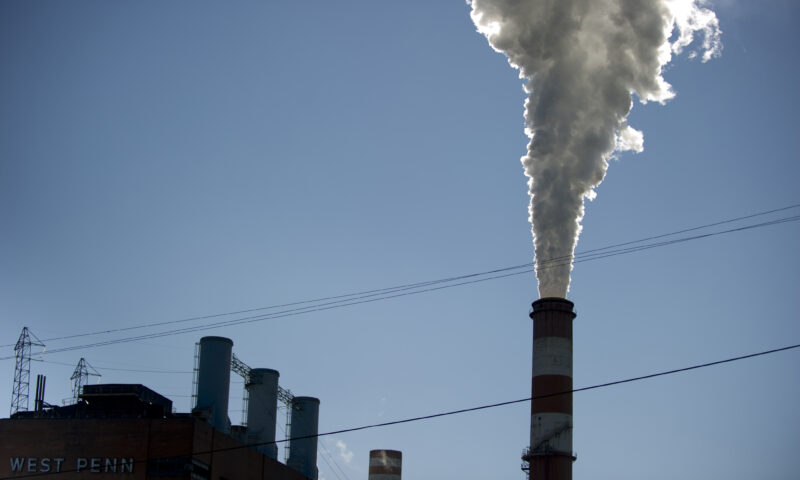
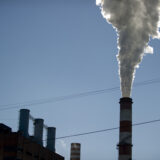 The SlickNovember 18, 2025
The SlickNovember 18, 2025After Years of Sparring, Gov. Shapiro Abandons Pennsylvania’s Landmark Climate Initiative
-
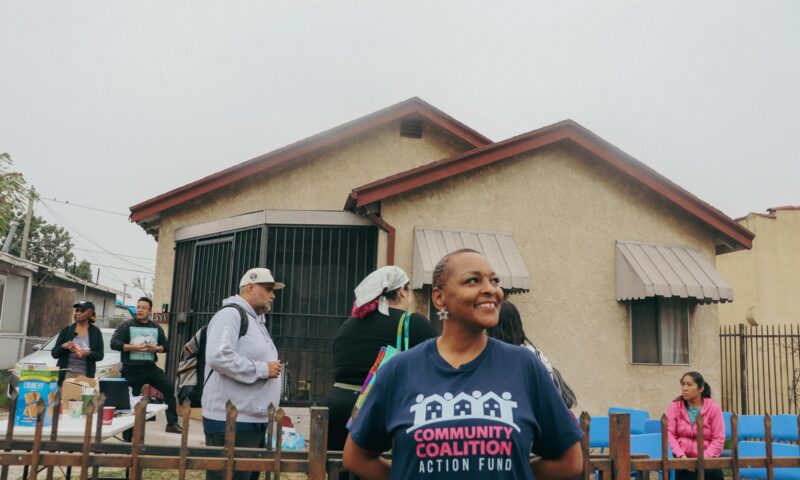
 Latest NewsNovember 17, 2025
Latest NewsNovember 17, 2025In South L.A., Black and Latino Neighbors Unite Against ICE as Systems Fail
-

 Column - State of InequalityNovember 21, 2025
Column - State of InequalityNovember 21, 2025Seven Years Into Gov. Newsom’s Tenure, California’s Housing Crisis Remains Unsolved
-

 StrandedNovember 25, 2025
StrandedNovember 25, 2025‘I’m Lost in This Country’: Non-Mexicans Living Undocumented After Deportation to Mexico

